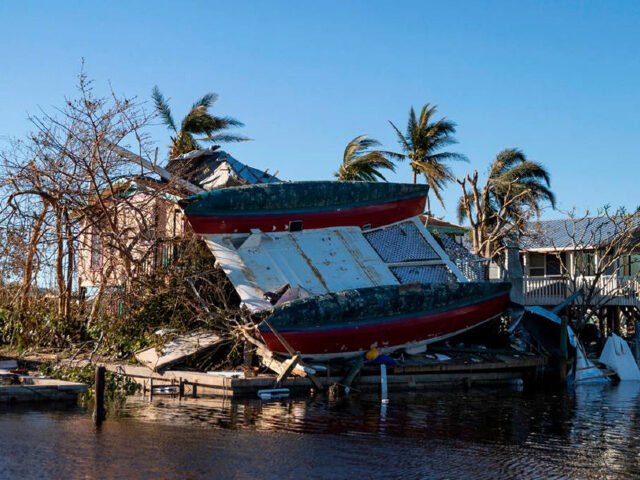
Hurricane Ian has the potential to be one of the largest, if not the largest, insured catastrophe losses in US history, with implications for both the Florida, reinsurance, retrocession, and ILS markets.
According to RMS, insurance industry loss estimates somewhat vary, but remain high, with Verisk assuming re/insurance industry loss between $42-57bn.
- CoreLogic put the upper bound of losses at $47bn
- Rating agency Fitch was lower still at $40bn
- KBW estimated losses to be somewhere in the $30bn
- Recent estimates by KCC put insurance market losses from Ian more in line with Verisk’s at $63bn
- The majority of participants are expecting losses to exceed $50bn.
Claims leakage will focus on factors from loss amplification due to constraints in rebuilding supplies and contractors, through to another big wildcard – inflation, which will percolate through the system in several ways.
The current inflation situation pre-Hurricane Ian and any shortage of materials and qualified contractors in Florida will amplify the repair cost.
RMS believe the repair will be in multiple stages, starting with a quick functional repair followed by the major repair – which requires a permit and qualified contractors.
RMS also observed that the considerable infrastructure damage from Ian will slow down the recovery and exacerbate repair time and losses, especially for islands disconnected from the mainland due to bridges and piers damages. RMS expects the full recovery will take years.

As shown in the recent events, particularly Hurricane Irma in 2017 where many cases ended up in the litigation process, we saw increases in claims cost. For Ian, RMS expects that some of the claims’ closers will take more than a year due to potential litigation.
RMS notes that the split of losses between wind and storm surge will be contentious, alongside understanding what portion of loss will go to primary, reinsurance layers, and retro, and what will be covered by National Flood Insurance Program (NFIP) and what is in the gap and uninsured.




